Stuck in a rut
In broad brushstrokes, its fair snapshot of where Pakistan, other countries are in terms of developing human potential
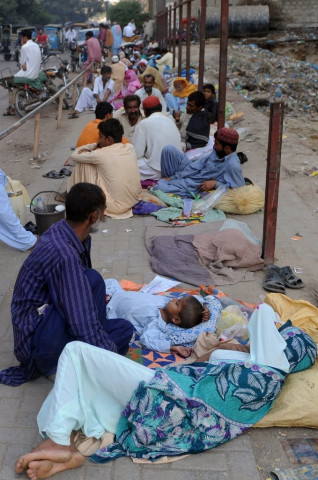
Stuck in a rut

Poverty, its nature and the levels thereof, is a matter of endless contention. There are a range of indices to measure poverty and not all of them arrive at the same conclusions. Poverty is multidimensional: it is not just an absence of money, it is also a lack of sanitation, potable water, a secure daily source of food, job opportunities or access to healthcare and education — and one does not need to be a statistician to see that there are major deficits for millions of people across all of those indices in Pakistan. The report tells us that 52 per cent of the population lives in poverty and that the proportion of the population living in multidimensional poverty has increased by almost three per cent in a year. Tens of thousands of people have crossed the line into multidimensional poverty in a very short time. It is worth noting that the index used for the calculation was devised by Amartya Sen of India and the Pakistani economist Mahbubul Haq.
The annual publication of the HDI is one of those events that makes a ripple for a day or two before being relegated to the bottom of the news agenda. Presumably, it will be read in government offices and the headquarters of aid and development agencies. Figures will be mulled upon, heads shaken here and there, and the report filed never to be read again. At that level, it is arguably a pointless exercise, doing nothing more than provide a decent salary for statisticians and economists — but it would be wrong to see it only in that light.
Haggling over the precision of the report takes nobody anywhere. In broad brushstrokes, it is a fair snapshot of where Pakistan and other countries are in terms of developing their human potential. Many of the countries at the bottom of the scale share symptomatologies — poor or unstable governance, over-investment in military hardware against underinvestment in health and education, and out of control demographics as their populations expand past the capacity of the state to sustain them. There is also endemic corruption and medieval social structures that are highly resistant to change and crippling long-term internal conflicts based on faith or ethnicity. Some states, such as Bangladesh and to a degree Pakistan and India, suffer regular natural disasters, which are impediments to growth.
Pakistan is not going to cure its many ills in the near — to medium-term, but neither is it too broke to fix. It has the ability to bump along at the bottom of the development scale for decades to come, but it also has the capacity for positive change. Finding the political will is the real challenge.
Published in The Express Tribune, August 1st, 2014.
Like Opinion & Editorial on Facebook, follow @ETOpEd on Twitter to receive all updates on all our daily pieces.


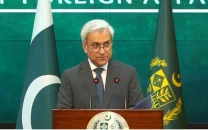

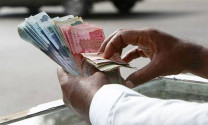



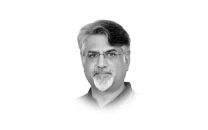

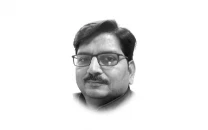
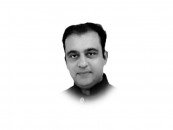
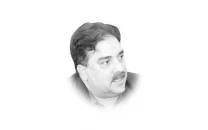

COMMENTS
Comments are moderated and generally will be posted if they are on-topic and not abusive.
For more information, please see our Comments FAQ